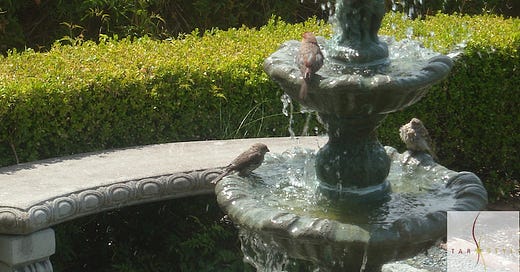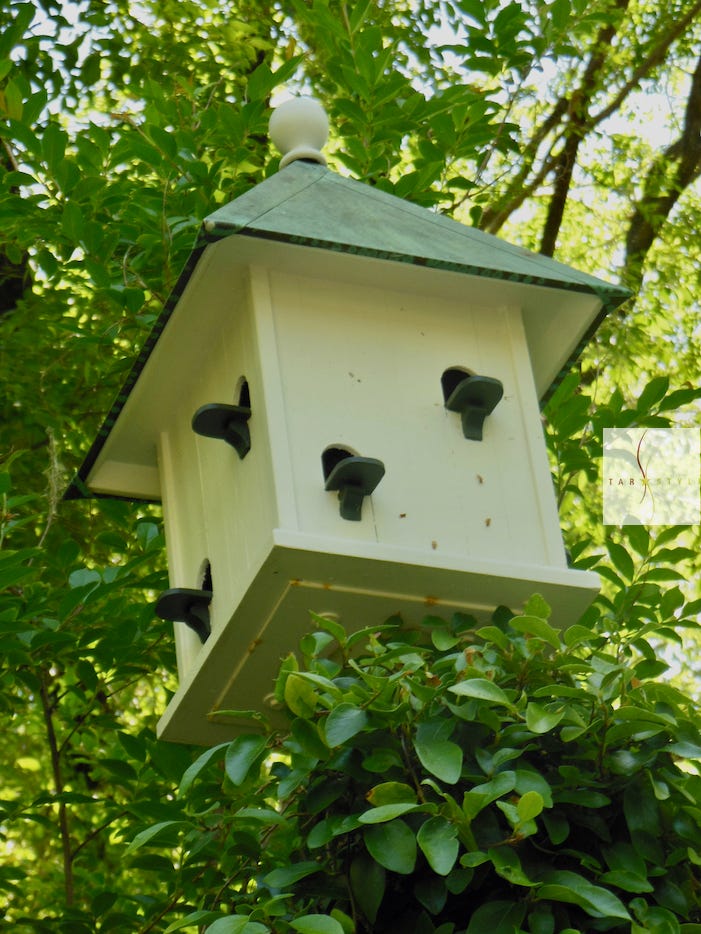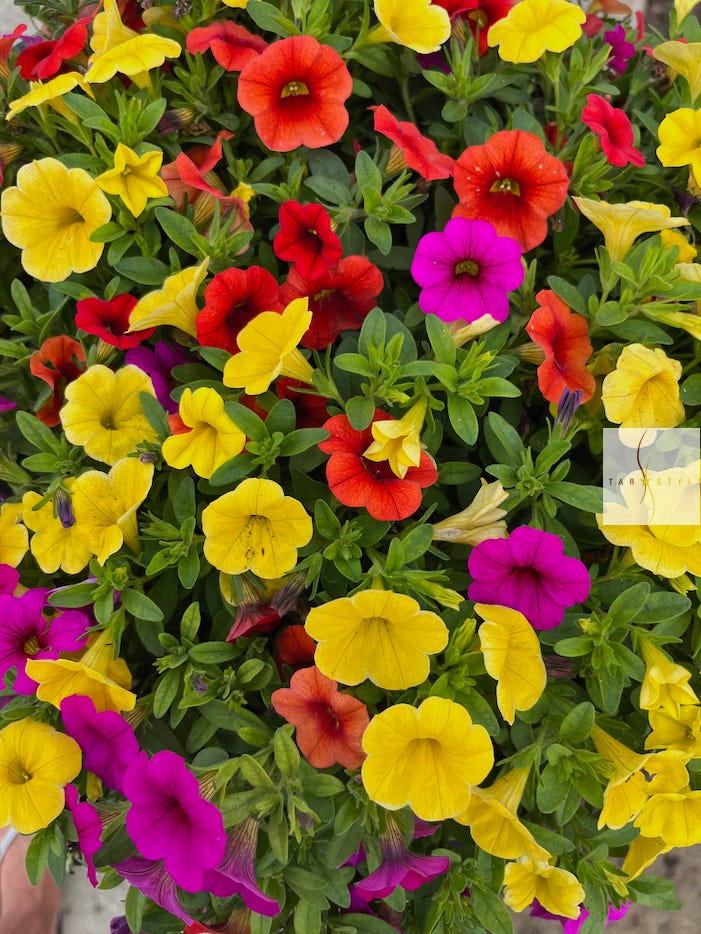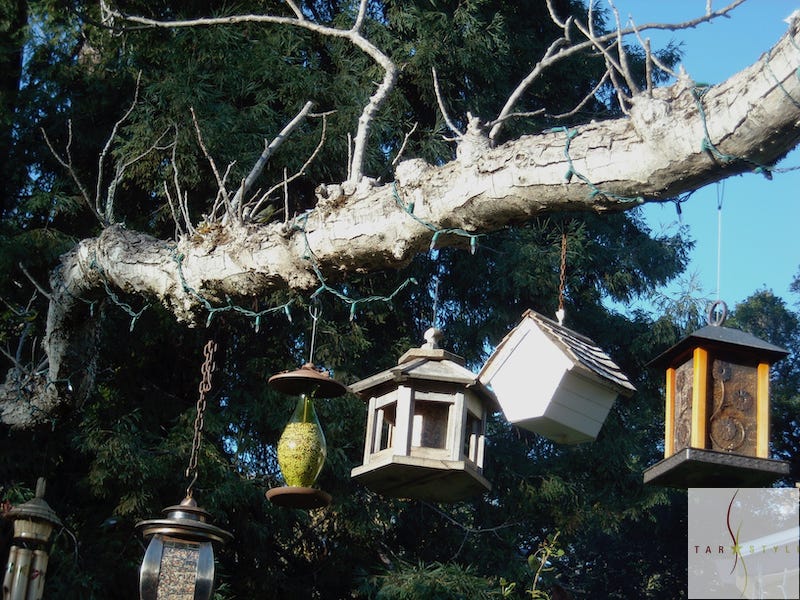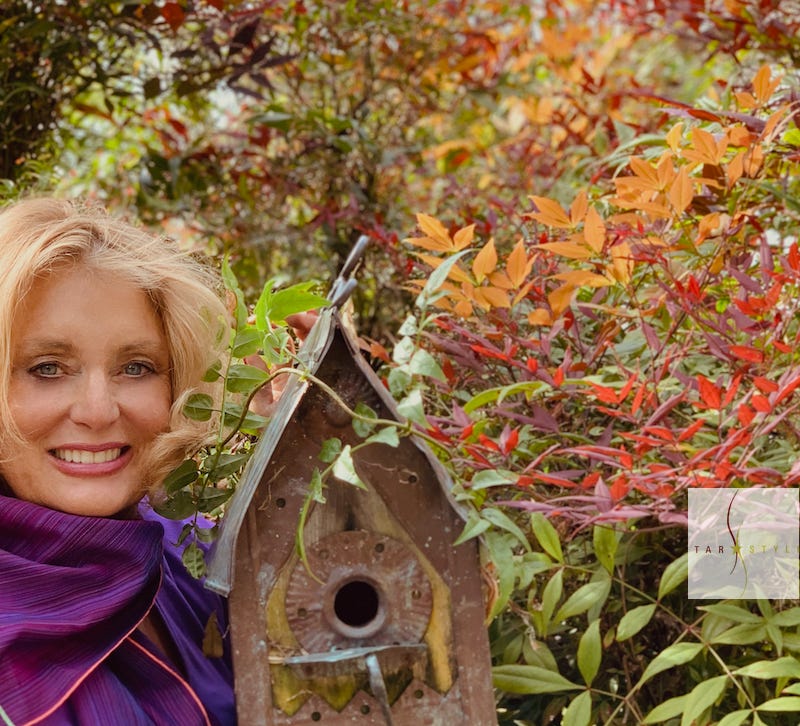“This is what you shall do: Love the earth and sun and animals.” Walt Whitman, Leaves of Grass
This past year I downloaded a phenomenal app designed by Cornell Lab of Ornithology called Merlin. It is a sound identification app whereby I record the bird song, the app analyzes it and indicates what species is singing. The sounds can be saved, photos can be taken, and my knowledge of the avian world increases. Birds have always fascinated me.
My grandmother was a birder and an animal handler. In addition to her dogs, horses, and barnyard critters, she had aviaries where she bred canaries, cockatiels, and raised parrots. As a child, I spent copious amounts of time with her taking care of her feathered and furred friends. When my husband and I purchased our first home, my grandfather built me an aviary and gifted me a pair of cockatiels. That aviary has traveled with me to three different homes and the male cockatiel is still the senior resident. Throughout the years, I’ve adopted a plethora of injured birds or those in need of a new home including pheasants, canaries, doves, finches, quail, pigeons, and parakeets. I love my birds.
Wild birds are my garden helpers and I enjoy watching their aerial antics, listening to their chatter, and observing their feeding frenzies. My landscape is a haven for orioles, finches, waxwings, bluebirds, warblers, sparrows, mockingbirds, bluejays, doves, hummingbirds, and a host of other species that I am just learning. Owls hoot from the trees at night, and the sky boasts hawks gliding on the currents. I plant my garden so that it provides food, shelter, water, and refreshing baths for the birds.
Fall is the flying season. Millions of birds are migrating. It’s perilous. Many make thousand-mile journeys twice a year: spring and autumn. They migrate because of the change in weather, availability of food, and breeding cycles. In North America, many birds migrate south to find a warmer climate, flying to Mexico, Central America, and the Caribbean. Warblers, orioles, and hummingbirds may migrate as far as South America.
Some birds migrate short distances, traveling from forests to wetlands, or the coast to your backyard! Whether flying long or short distances, birds need to stop, rest, and eat. And this is where gardeners can help keep them healthy and safe in their migration journey.
Food: Migratory birds rely on flowering plants, shrubs, and trees that produce seeds, berries, nectar, and insects. Birds pecking at your lawn are not eating it. They are dining on insects that could be harmful to your lawn. The birds are your friends indicating that your lawn has an invader. Does your garden provide this nutrition?
Water: Ponds, bird baths, fountains, and other water features offer a cool thirst-quencher and refreshing bath for migrating birds. Does your garden entice birds to stop by for a drink?
Shelter: Trees and bushes offer protection from predators and a place to rest. Does your garden provide a safe environment for avian visitors?
To attract and support our flying friends this fall, walk around your garden to ascertain if you are providing the elements they need. Plant native vegetation, keep your bird feeders full, and allow seedheads to develop on some perennials. Provide a clean and accessible water source such as a gurgling fountain or a pond with a recirculating water feature
By creating a bird-friendly landscape, you’ll not only be contributing to bird conservation, but you will enjoy their efforts to help your garden grow and glow. Love the earth, the sun, and the animals.
Cynthia Brian’s Gardening Guide for October
APPLY snail bait around plants susceptible to snail and slug damage.
TREAT for aphids as needed.
MAKE homemade fungal spray to ward off powdery mildew which weakens and can kill plants. Mix four teaspoons of baking soda with one teaspoon of dishwashing liquid per gallon of water. Spray the entire plant, not just the leaves. Crape myrtles and viburnum are susceptible. This spray works well for black spot which afflicts roses.
COLLECT seeds from sunflowers to feed the birds as well as save to plant next season.
MONITOR the water needs of your plants as you wave goodbye to the summer sun.
FERTILIZE trees, shrubs, and ground covers as the weather cools.
BEAUTIFY your porch with pots of Calibrachoa, known as seaside petunia, or Butterfly Stonecrop, in full bloom now
.PICK your remaining peppers, tomatoes, tomatillos, and eggplant as needed. According to the USDA, there are over 25,000 varieties of tomatoes.
CONSIDER adding clover to your lawn. Clover is a legume that takes nitrogen from the air and transfers it to the soil, improving the soil quality. Clover maintains its green color and attracts beneficial insects while requiring less water and mowing.
STAND under a tree canopy to listen to the birdsong.
REFRIGERATE tulips, hyacinths, and crocus for four weeks before planting. Select your bulbs now.
DETER skunks, rats, and other rodents from your property. As the weather turns inclement, they will be looking for shelter.
MAKE applesauce or apple butter with the apples that fall from your trees. This year boasts a big crop of apples. You don’t need to peel the apples. Wash, slice away any brown spots, cut into chunks, and add to a pot filled with a small amount of boiling water. Squeeze fresh lemon juice on the apples. Sprinkle cinnamon and nutmeg for a delicious, healthy treat.
REPLACE your lawn with a gorgeous succulent sanctuary.
PREPARE for fires and emergency evacuations. Have a Go-Bag ready.
MAINTAIN your bird feeders as an invitation to refuel in your backyard. Hang feeders in trees, away from the house to deter rodents from establishing residence in your home
Happy Gardening. Happy Growing. Happy Fall Flying!
For more gardening advice for all seasons, check out Growing with the Goddess Gardener at https://www.CynthiaBrian.com/books. Raised in the vineyards of Napa County, Cynthia Brian is a New York Times best-selling author, actor, radio personality, speaker, media and writing coach as well as the Founder and Executive Director of Be the Star You Are!® 501 c3. Tune into Cynthia’s StarStyle® Radio Broadcast at www.StarStyleRadio.com. Her newest children’s picture book, Family Forever, from the series, Stella Bella’s Barnyard Adventures is available now at https://www.CynthiaBrian.com/online-store. Hire Cynthia for writing projects, garden consults, and inspirational lectures.
Read Digging Deep in Lamorinda Weekly: https://lamorindaweekly.com/archive/issue1716/Digging-Deep-with-Goddess-Gardener-Cynthia-Brian-Fall-flying.html
and Press Pass
Listen to Cynthia Brian weekly on the Voice America Network, Empowerment Channel: http://www.voiceamerica.com/show/2206/be-the-star-you-are
Photos and Text ©2023 Cynthia Brian, All Rights Reserved.
NO AI TRAINING: Without in any way limiting the author’s [and publisher’s] exclusive rights under copyright, any use of this publication to “train” generative artificial intelligence (AI) technologies to generate text is expressly prohibited. The author reserves all rights to license uses of this work for generative AI training and development of machine learning language models.


